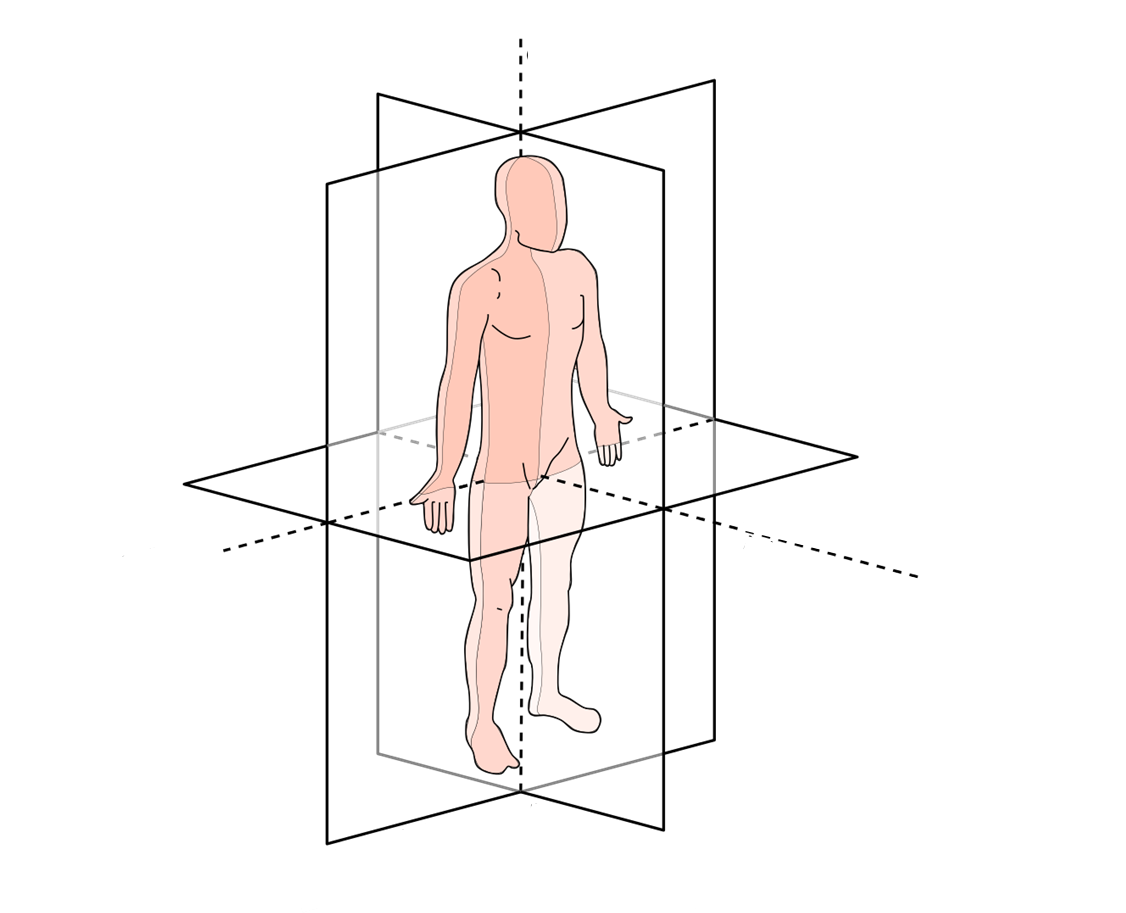Note that your final mark will not be saved in the system.
Planes and axes of movement GapFill
You must fill all the gaps before clicking ‘Check Answers!’

Whenever a sporting movement is being completed by the body, it is acting in one of three planes: frontal, transverse or . Let's explore these planes a bit further.
The plane divides the body into front and back, which means that any sideways motion in line with this plane occurs in this plane. Movements such as adduction and are the common movements which take place in this plane, e.g. performing a cartwheel or a jumping jack.
The plane divides the body into upper and lower parts, which means any rotational motion occurs in this plane. A golf drive (hip rotation), is a sporting example of a movement which takes place in this plane.
The plane divides the body into a right side and a left side, with forwards or backwards motion in line with this plane occurring in the sagittal plane. Plantar flexion, dorsiflexion, extension and flexion are the movements that take place in this plane (e.g. performing a somersault).
Furthermore, movements also occur around one of three axes. These are called the axes of rotation. There are three axes of rotation: longitudinal, sagittal and .
The axis travels through the head down to the feet. Rotational movements occur around this axis. An ice skater completing a 360o pirouette will be moving through the transverse plane whilst rotating around this axis.
The axis passes through the body from the rear to the front. Side-to-side movements occur around this axis. A cartwheel is a side-to-side motion, which sees the legs and arms abduct in the frontal plane, whilst the body rotates 360o around this axis.
The axis passes through the body from right to left. Forwards and backwards movements occur around this axis. A gymnast or diver performing a tucked somersault will undergo flexion within the sagittal plane whilst rotating 360o around this axis.